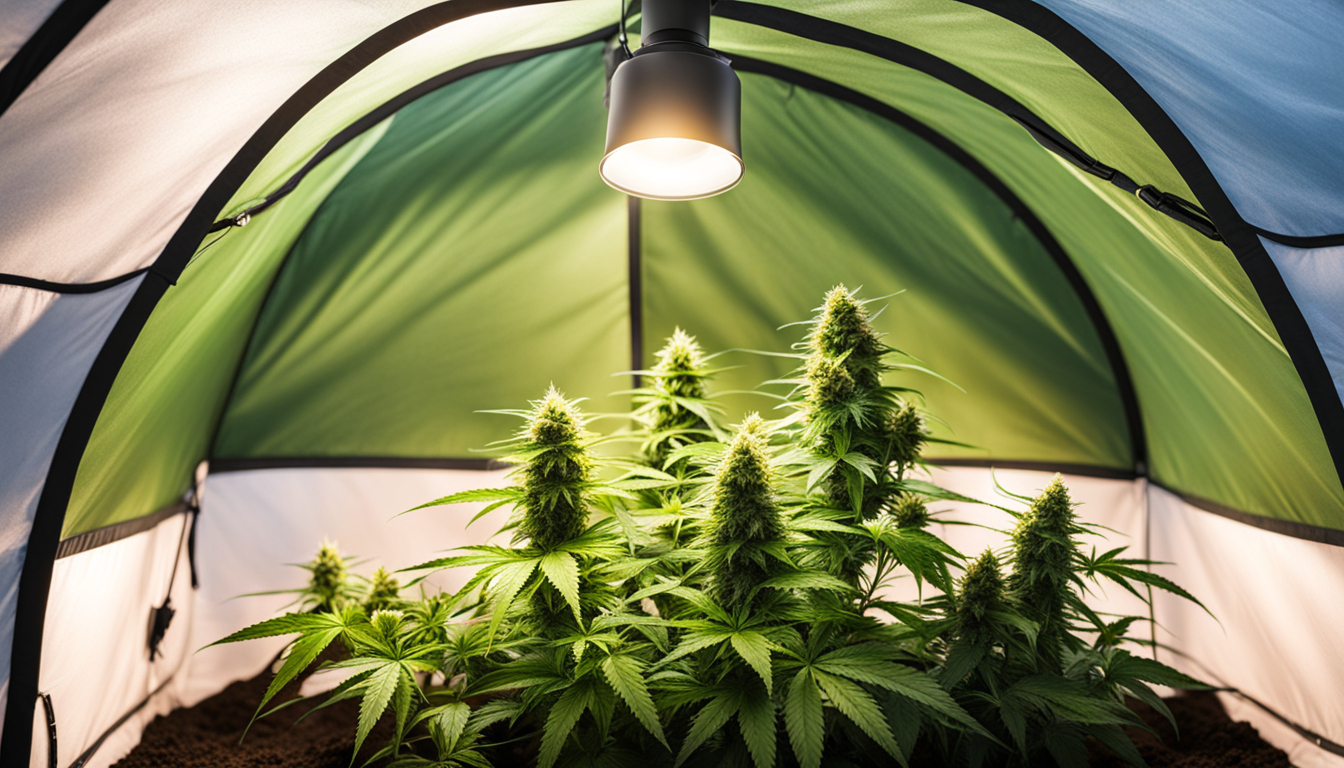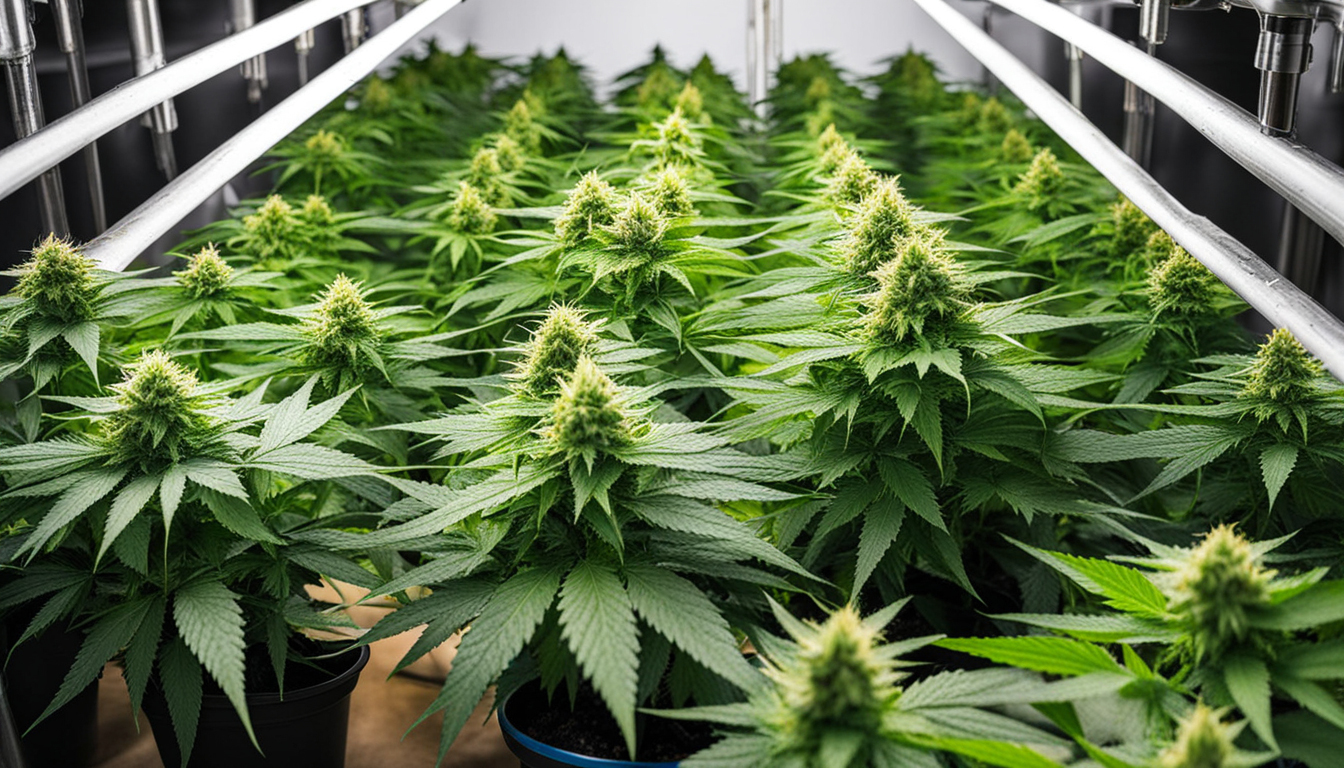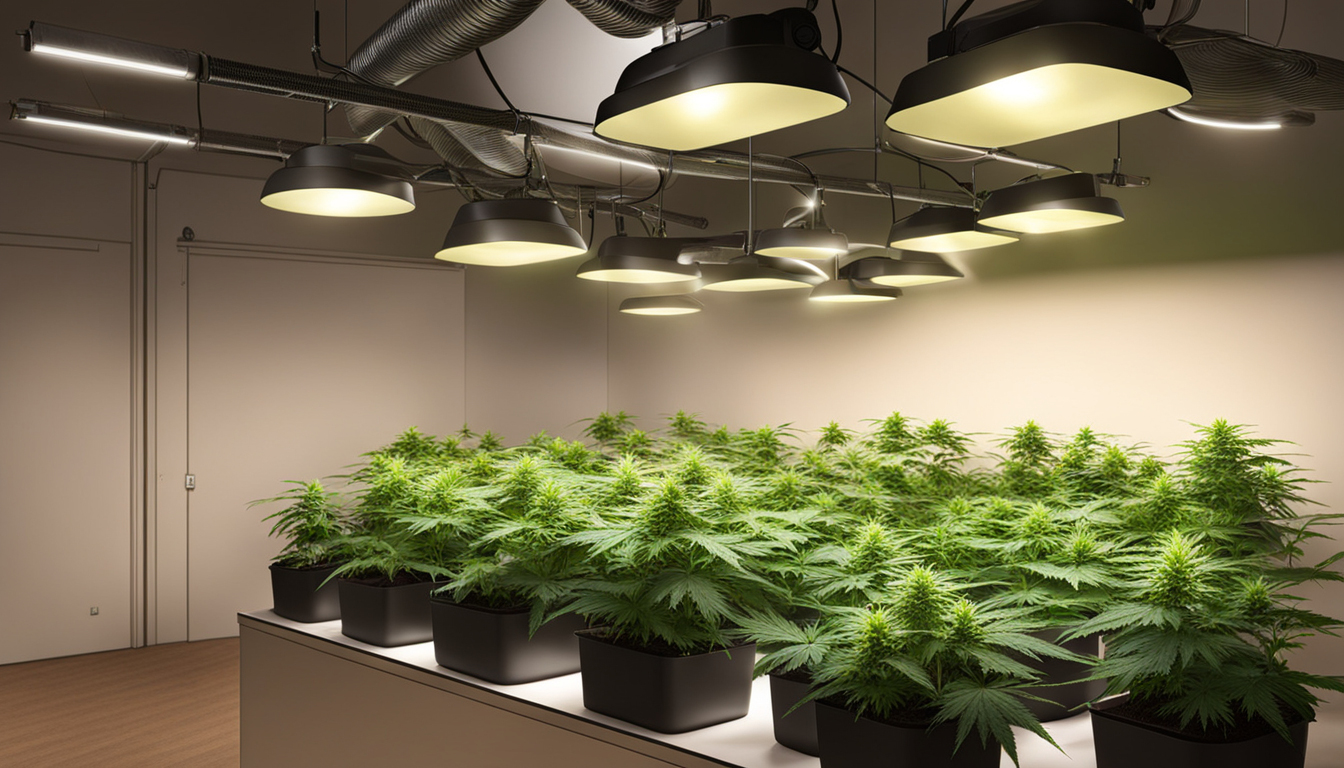
Whether you're just starting out with pot cultivation or looking to improve your existing grow, following this complete guide will help you produce big, high-quality yields right at home. With the right supplies, strategies, and care, growing weed indoors can be an extremely productive and cost-effective endeavor.
Choosing Pot Strains
The first step in planning your indoor grow is selecting the right marijuana cultivars to produce. The three main types of cannabis plants each have their own characteristics.
Sativas
Known for their invigorating intellectual effects, these strains spread tall and slender with narrow leaves. They flourish in warmer equatorial climates and have a longer flowering time between 2.5-3 months indoors. Top sativa strains include Jack Herer, Durban Poison, Super Lemon Haze, and Jack Herer.
Relaxing strains
These strains provide calming body-focused effects and spread short and bushy with broad leaves. Adapted to cooler mountain climates, they flower faster within 8-9 weeks. Popular indica strains include Granddaddy Purple, Northern Lights, and Bubba Kush.
Mixed strains
Mixed varieties mix traits from both energizing strains and indicas. They offer combined effects and have moderate flowering periods around 9-10 weeks. Well-known hybrids are OG Kush, Girl Scout Cookies, and Blue Dream.

Setting Up Your Grow Space
Cannabis plants need the right controlled environment to flourish. Key factors for indoor cultivations are lights, airflow, layout, and finding the ideal discreet spot.
Location
Choose an unused space with easy access to irrigation and power outlets. An empty extra bedroom, unused closet, corner of the basement, or grow tent locked away in a garage all make great stealthy cultivation room spots.
Lights
Weed requires intense light for all growth stages. LED grow lights are efficient and come in broad spectrum options replicating natural sunlight. Provide 250-400 watts per square foot for the vegetative stage and 20-40 watts per square foot for bloom.
Airflow
Proper airflow and exhaust systems maintain ideal temp, humidity, and fresh CO2 levels. Set up silent 4-6 inch blowers or scrubbers to refresh old air and reduce odors.
Layout
Optimize your space by positioning plants strategically under the lamps and leaving room to access and work around them. Set up separate zones for growth, flowering, drying, and propagation.

Growing Mediums
Pot can be grown in various mediums, each with benefits and cons. Pick a suitable option for your particular setup and growing style.
Soil
The classic substrate, soil is cheap and simple for beginners. It provides excellent flavor but needs more watering and nutrients to nourish plants. Enrich soil with perlite or coco to enhance drainage.
Coconut coir
Made from coir, reusable coconut fiber retains water but still lets in air to the roots. It's more sterile and more predictable than soil. Use coir-specific nutrients to avoid accumulation.
Hydroponics
In hydro systems, plant roots grow directly in fertilizer water solution. This enables quick growth but needs careful observation of water properties. DWC and drip systems are popular methods.
Germinating Seeds
Sprouting prepares your weed seeds to start sprouting taproots. This readies them for planting into their cultivation medium.
Paper Towel Method
Place seeds between wet paper towels and maintain them damp. Check after 2-7 days for growing radicles indicating germination is complete.
Planting directly
Insert seeds directly into pre-moistened cultivation medium 6mm deep. Gently water and wait 1-2 weeks until sprouts break through the top.
Rockwool Cubes
Presoak cubic rockwool starters in balanced water. Insert seeds 6mm deep into the cubes. Keep cubes wet until seedlings emerge within a week to 2 weeks.
Repotting Seedlings
Once sprouted, marijuana young plants need to be transplanted to avoid overcrowding. Move them into proper sized pots.
Ready Containers
Fill final pots with cultivation medium enriched with time-released nutrients. Let pots to soak up water overnight before transplanting.
Carefully Transplanting
Carefully loosen young roots from sprouting medium using a spoon. Place into prepared container at equal depth as before and gently water in.
Growth Stage
The growth stage encourages leafy growth and plant structure through 18-24 hours of daily lighting intensity. This stage usually lasts 1-2 months.
Providing 18-24 Hours of Light
Use grow lights on a 24 hour schedule or outdoor light to initiate nonstop growth. Lamp output influences height and internodal spacing.
Fertilizing
Use vegetative stage nutrients higher in N. Make sure pH remains around 5.8-6.3 for full fertilizer uptake. Fertilize 25-50% concentration after 2 weeks and increase gradually.
Training Techniques
Topping, low stress training, and trellising manipulate growth shapes for even canopies. This Contact Us Today increases yields.

Bloom Stage
The flowering stage develops buds as plants show their sex under a 12 hour cycle schedule. It lasts 8-12 weeks depending on variety.
Switching to 12/12
Change grow lights to 12/12 or move outdoors for outdoor 12 hour cycle. This triggers plants to start flowering.
Flushing
Leaching removes nutrient salts to enhance flavor. Fertilize weakly the first period then just use pH'd water the final 2 weeks.
Flushing
Continue 12 hour photoperiod but leach using pH-balanced water only. Resume clean watering if buds aren't yet mature after two weeks.
Harvesting
Recognizing when marijuana is completely mature ensures maximum cannabinoid content and aroma. Cut down plants at peak maturity.
Signs of readiness
Check swollen calyxes, faded pistils, and 10-15% cloudy trichs. Check buds across the plant as they won't all mature grow cannabis evenly.
Cutting Plants
Use sterilized, razor-sharp trimming scissors to carefully slice each plant at the base. Keep several inches of stalk attached.
Curing
Hang intact plants or branches upside down in a lightless room with moderate temperature and humidity around 45-65% for 7-14 days.
Curing
Aging continues desiccating while improving the buds like fine wine. This technique smooths harshness and intensifies terpene and terpene profiles.
Curing containers
Manicure dried buds from stems and store into glass jars, packing about 3⁄4 full. Use a hygrometer to monitor jar moisture.
Opening jars daily
Open jars for a short time daily to gradually lower moisture. Remoisten buds if RH drops below 55%.
Final Cure
After Subscribe Now 14-21 days when humidity levels off around 55-65%, do a final manicure and store forever in sealed jars.
Troubleshooting
Even experienced cultivators run into various cannabis plant problems. Detect problems soon and address them correctly to maintain a strong garden.
Nutrient Deficiencies
Yellowing leaves often signify insufficient nitrogen. Anthocyanins and leaves signal phosphorus deficiency. Test pH and increase fertilizers gradually.
Bugs
Spider mites, fungus gnats, mites, and root aphids are frequent cannabis pests. Use organic sprays, ladybugs, and yellow traps for organic control.
Mold
Excessive humidity promotes powdery mildew and bud rot. Increase airflow and venting while lowering humidity under 50% during flowering.

Conclusion
With this complete indoor marijuana growing guide, you now have the knowledge to grow bountiful strong buds for private harvests. Follow these techniques and methods throughout the seed starting, vegetative, and bloom stages. Spend in quality equipment and carefully check on your plants. In time, you'll be compensated with sticky aromatic buds you grew yourself under the patient guidance of your green hands. Good luck cultivating!